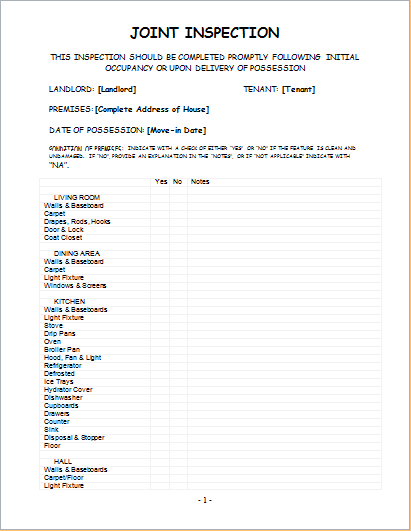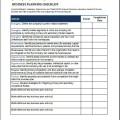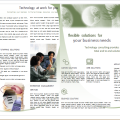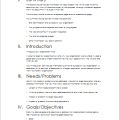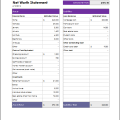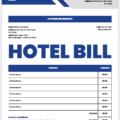Whenever a property is rented, it is ensured by all the parties involved that it is in the best working condition. The tenant also wants to make sure that he is getting what the landlord has claimed to give. The inspection is a very critical process as both the tenant and the landlord need it.
What is a tenant-landlord joint property inspection form?
Various forms are designed for tenants or landlords. The information in these forms is based on the type of person it has been designed for. However, there is another form that is used by both parties at the same time. This form is known as a joint inspection form.
What is the objective of the joint property inspection form?
The main objective of using this form is to enable all the parties involved in an agreement of tenancy to pay attention to those aspects of the property that would have been ignored otherwise.
Your property is a very valuable asset and landlords often feel insecure when they handover this property to tenants. So, they inspect in the beginning and also in the end to see the impact of the tenant’s residency on the property. The tenant also likes to use it to determine what the condition of the house, in the beginning, is so that he cannot be blamed for any damages later on. The form keeps both parties on one page as they fill it in, they provide the information which they have observed after the inspection.
Why is using an examination form for a property important?
The examination form that is being used jointly has the following uses for both tenant as well as the landlord:
It maintains transparency:
A business relationship runs successfully when there is transparency between two parties. There is an open communication based on the information obtained from the form. All the issues and concerns are addressed clearly between the landlord and the tenant. When using the form, it is observed that some damages need to be repaired, the form allows them to have discussion with each other and share their concerns.
It enables accountability:
Tenants alone cannot be held accountable for the damages caused to the property. The landlord can also be responsible for it in some cases. However, there is a need to have a common understanding of the condition of the property to determine discrepancies and ensure that whoever is responsible for the damages is being held answerable. This helps prevent any type of dispute in the future.
It provides legal protection:
Some landlords blame the tenant for the poor condition of the property while the tenant believes that the property was never in good condition. There should be a proper mechanism to prevent this blame game. The form provides the initial condition of the property and at the end, no one can be blamed if anything goes wrong. This way, both parties feel legally protected.
What is included in the examination form?
As the name suggests, the examination form for the property is used to check the property thoroughly. The form suggests to the user as to what should be checked. It usually has fields to collect the following details:
Cleanliness:
There are some fields regarding the cleanliness of the property which require the tenant and the landlord to inspect the property for tidiness. The tidiness includes the condition of the walls, the visibility of stains on walls and doors, and much more.
The efficiency of the electricity system:
A livable place has an efficient energy system. How efficient this system of the focused property is should be described in this form.
The functionality of the plumbing fixtures:
Plumbing fixtures and their performance have a huge impact on the house and its tidiness. Therefore, the landlord as well as the tenant should check the quality of the fixtures and their working.
The use of the examination form will help you see the property and its aspects that should always be checked before taking it into your custody. The landlord should also make sure that he is renting the property which is in its best shape and form.
- Security Deposit Forms
- Used Bike Sale Receipt
- Coffee Shop Daily Sales Report Template
- Photography Business Quotation
- Computer Repairing Bill Format
- Stationery Bill Format & Template
- Baby Shower Guest Food & Task Planner
- Business Planning Checklist Template
- Event Financial Planner
- Breakeven Analysis Worksheet for Small Business
- Credit Card Use Personal Log
- Equity Reconciliation Report Worksheet
